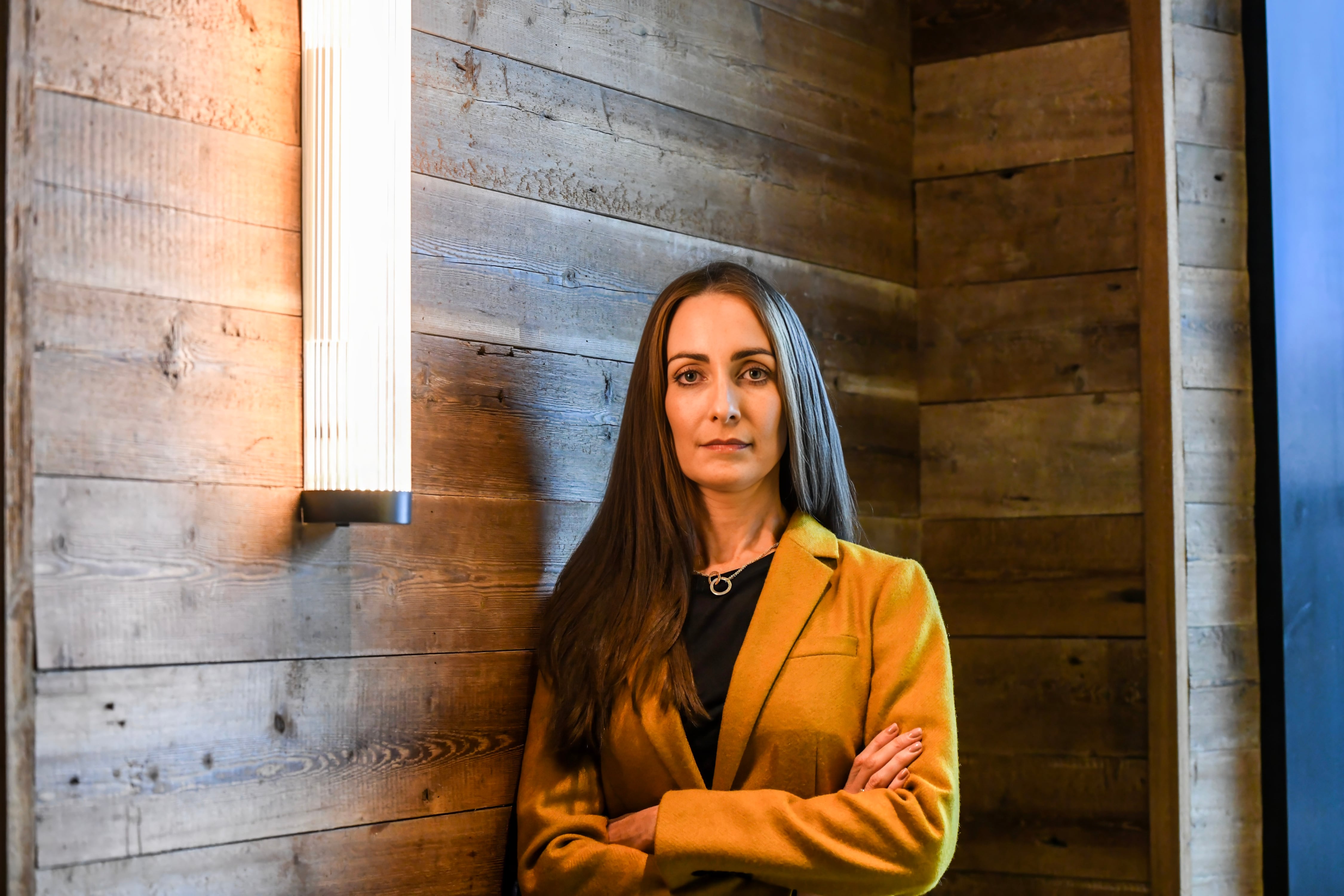A new report from Eurofound, the European Foundation for the Improvement of Living and Working Conditions, shows the number of employees in Europe aged 55 or older rose from 23.8 million in 2010 to nearly 40 million in 2023. Keeping Older Workers in the Labour Force tracks a European population that is living longer, with fewer births, cushioned only by net migration.
To address resulting labour shortages, European policymakers are promoting longer workforce participation, with most EU member states having now raised statutory retirement ages and limited early pension access.
Leaving aside the implications on state pensions funded on a pay-as-you-go basis, there are numerous issues to consider here, says Karel Fric, a co-author of the report. These include the social impact on a person of working full time one day, and not at all the next.
Introducing greater flexibility into the retirement process could not alone ensure “grey” wisdom is retained for longer, while still allowing upward mobility opportunities for younger employees, but it can also help ease the social transition.
READ MORE
In a tight labour market, that will benefit employers too, Fric points out, particularly where older people work in specialised fields.

But to fully capture the opportunities presented by having workers stay on for longer, employers must ensure they design jobs, throughout their organisations, in such a way as to not have staff burn out too early, he cautions, particularly so in roles that are physically or mentally challenging.
This is something for employers to be aware of “not just for older workers, but for all workers throughout the life cycle”, he says.
The shift towards hybrid and flexible work arrangements has already made it easier.
“In some cases, working longer presents an opportunity for people and business, if managed correctly, to retain knowledge and skills, while enabling an employee to transition gradually out of work,” says Vicky O’Neill, HR strategy specialist with employer body Ibec.

“Work is a key factor contributing to sense of self, and managing the transition out of work is delicate and sometimes left too late. This can impact us as humans and can also impact the workplace pre and post retirement from a performance and brand perspective. Both organisations and people may be extending work life to afford themselves more time to manage this effectively.”
She believes companies should invest in continuous training and development tailored for older employees, ensuring they feel comfortable with technological advancements while also fostering their personal growth. Reverse mentoring, where younger workers mentor older, more experienced ones, can be key in this, which Ibec’s mentoring framework can help to develop.
For many reasons, including financial, sense of purpose, or a desire to continue using skills developed over a lifetime, the traditional age of retirement now seems too early, says Mary Gavin, managing associate at law firm Ogier.
“Under the Employment (Contractual Retirement Ages) Bill 2025, which is at the early stage of the legislative process, eligible employees will be allowed but not compelled to stay in employment until the state pension age of 66, where their employment contract specifies retirement before that time,” she says.
An employee will be required to notify their employer that they do not consent to retirement at the contractual retirement age and, unless there is objective justification for the contractual retirement age, they will be able to work past it.
“The aim of the proposed legislation is to address the income disparity faced by people who must retire before they are eligible to receive the state pension,” says Gavin. “However, if passed as currently drafted it will not apply to employees with a mandatory retirement age or service limit set by law or those within their probationary period.”
In any intergenerational workforce, “the overarching approach should be one of inclusion and treating each employee, and their career progression, as individuals rather than making any assumptions that their attitude is predetermined by the generation to which they belong,” she adds.
People staying on longer can make succession planning and managing the talent pipeline trickier but also comes with enormous opportunities for both employers and employees, says Claudia Carr, partner at management and technology consultancy BearingPoint.
It’s also a natural consequence of the shift from defined benefit to defined contribution pensions, she points out.
One option may be to encourage C-suite executives to stay on in a strategic advisory capacity, helping to mentor those stepping into their shoes while retaining organisational knowledge and relationships.
“For the individuals themselves, it means they have a role of equal importance but possibly without the strains that made them want to leave the role in the first place,” she says. “It’s about stepping back but not stepping away.”
Managing a multigenerational workforce is already growing in importance.
“Not only are employees staying in the workforce past standard retirement age they are increasingly doing so by choice rather than necessity” says Laura Flynn, head of people consulting at EY Ireland.

CSO data shows that the number of people aged 65 and over in employment in Ireland increased by 57 per cent between Q2 2019 and Q2 2024, Flynn notes.
“There are a number of changes which have occurred that can explain this. Firstly, the rising cost of living and an increase in life expectancy means retirement savings must stretch further. However, financial necessity is only part of the story. Baby boomers, those born between 1946 and 1964, place high value on stability, loyalty, and purpose,” she says.
“Many employees in this generation derive meaning from continued contribution, mentoring others and remaining mentally active. Additionally, the shift to remote and hybrid work post-Covid has also reduced some of the physical and logistical barriers to remaining in work post standard retirement age.”
EY’s recent Work Reimagined Survey found that older employee age cohorts were less likely to say they were planning to leave their jobs – 23 per cent as opposed to 40 per cent of millennials.
Flynn believes age diversity in the workforce offers a strategic upside for organisations that take deliberate action.
“From baby boomers’ relationship-building strengths to Gen Z’s digital agility, each generation brings a unique skill set to the workforce. When these strengths are harnessed effectively by organisations, they unlock the ability to foster cognitive diversity, which has been shown to boost creativity, innovation and adaptability, particularly when supported by inclusive team practices and knowledge sharing,” she explains.
On the other hand, a common perception among younger generations of workers is that extended tenure of colleagues at senior levels can limit opportunities for progression – “and we shouldn’t dismiss that feeling”, says Flynn.
But “when working with clients, we often find that the real blocker isn’t the growing presence of an older workforce, it’s the absence of flexible career pathways,” she points out.
“Too many organisations still operate on outdated models where progression is tied to vacancy, rather than capability. At EY, we work with clients to support them in shifting mindsets and building flexible career pathways, where leadership is layered and distributed. This might mean rotational leadership roles, project-based assignments or expanding influence through mentoring, digital innovation, or client impact.”
EY also encourages leadership to facilitate open intergenerational dialogue where younger employees feel heard and supported and older colleagues are empowered to share their experience freely.
“When organisations redesign their structures with career flexibility and skill-based development in mind, any perceived tension is diluted, and multigenerational collaboration becomes a strength, not a strain,” says Flynn.















